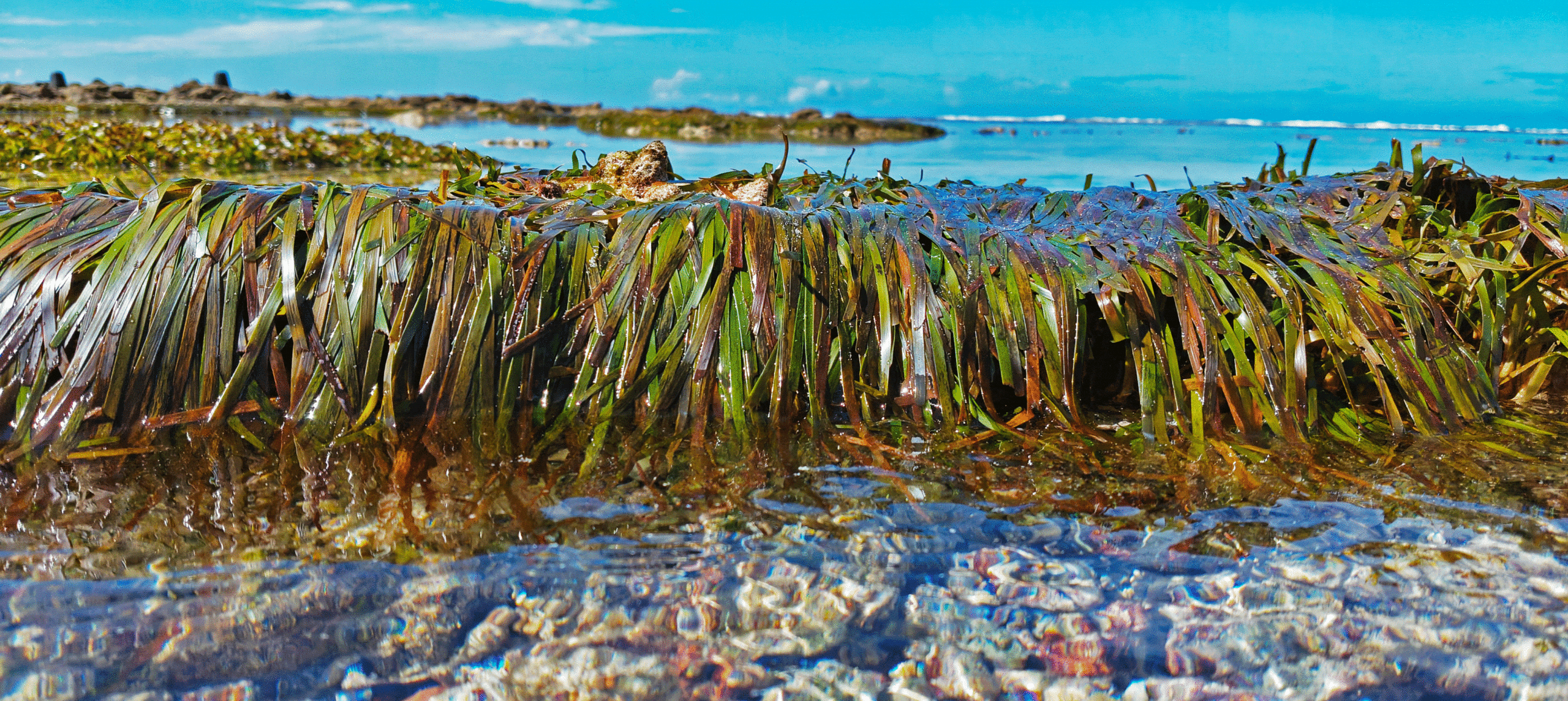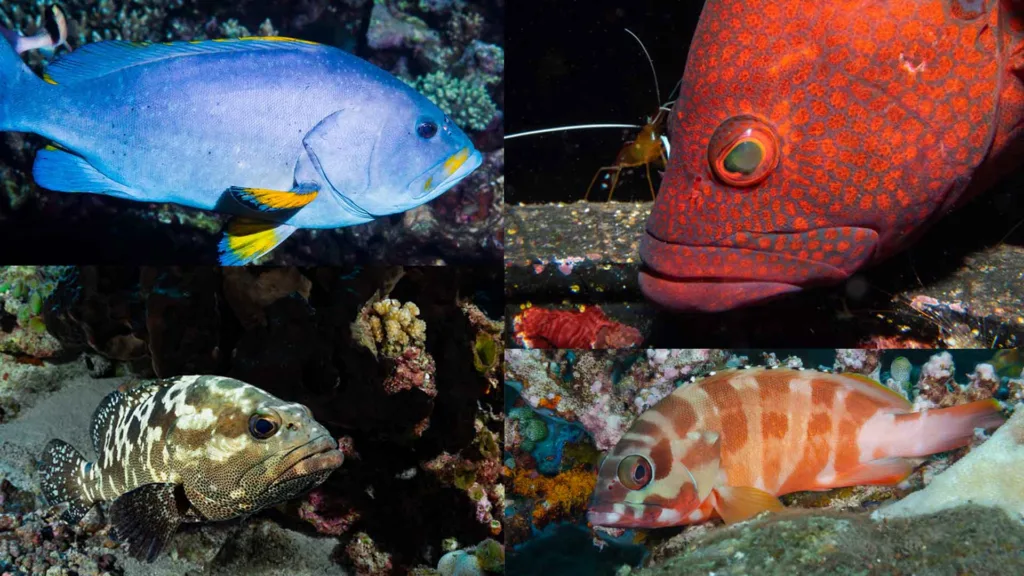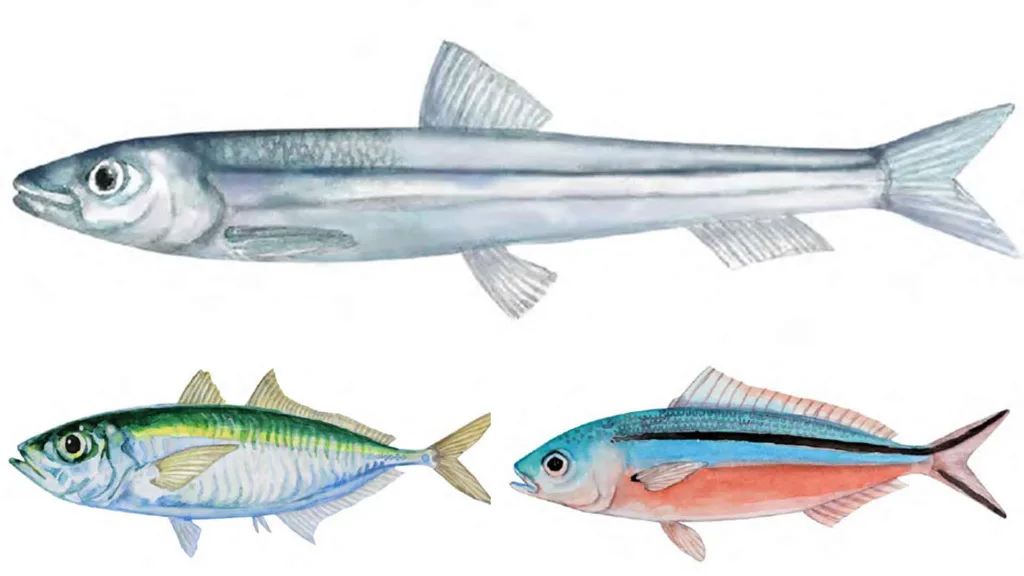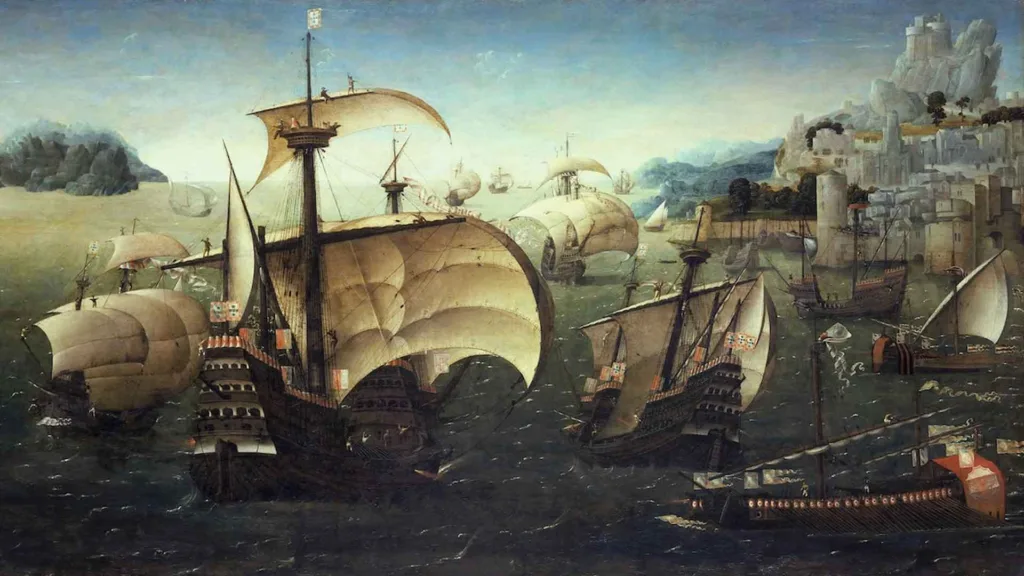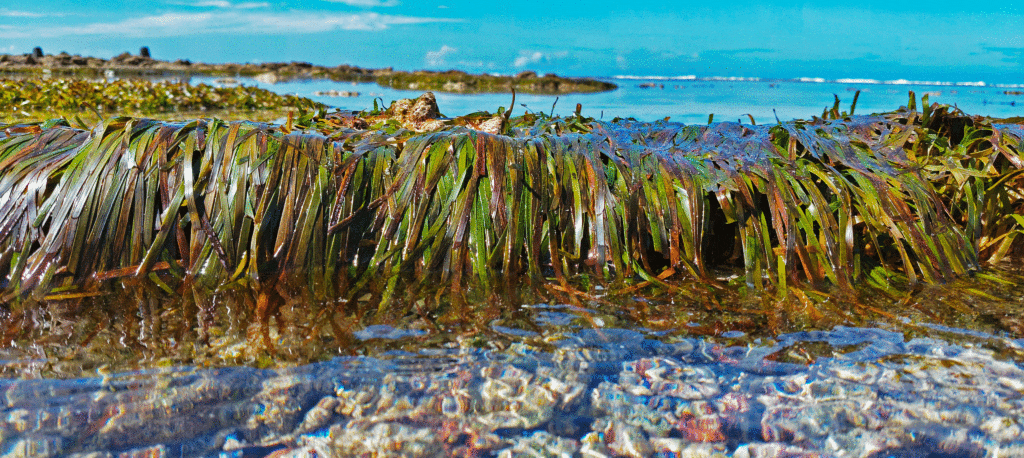
The intertidal zone is the area where the ocean meets the land. It is a dynamic ecosystem subjected to change. These zones are located on marine coastlines, including rocky shores and sandy beaches. The intertidal zone is an interesting ecosystem. During low tide, the zones may seem insignificant without water on the reef flats, exposed to the air. During high tide, these zones are filled with seawater. Every day the zones are submerged by the tide at least once or twice.
Various species and organisms that reside in the intertidal zone have unique or special capabilities to adapt to the tough environment. When the tide subsides, some organisms reside near the reef front area, while some species live further up near the shore and closer to the high tide line.
All the organisms that inhabit these rough conditions can stay, hold or survive the dramatic changes – such as moisture, temperature, salinity, and strong waves. Vibrant life exists in this zone. Sea stars, snails, seaweed, algae, and crabs are creatures that inhabit this ecosystem. Barnacles and mussels can survive in this environment by anchoring themselves to the rocks, and they can hold seawater in their closed shells to keep from drying out during low tide. Species of clams, sand dollars, and worms also reside in the sediments of the zone.
In this zone, organisms that cannot normally survive low tide conditions, like sea stars, shrimp, or fish, can take refuge in tide pools, holes and when the tide goes out. Some zones have sands in which organisms bury themselves to stay cool and moist during low tide. The organism’s survival depends on tolerance of underwater and above-water conditions. Predators and species that compete for the same space and food also are factors for the survival of species and organisms that are found in this stunning ecosystem.
The intertidal zone is normally divided into three zones: high tide, middle tide, and low tide. The high tide zone and middle tide zone are exposed for an equal amount of time. The high tide zone is submerged at high tide and is hotter and drier as a result. The low tide zone has the greatest biodiversity. This zone is only exposed during low tide.
Although this zone is subjected to extremely tough conditions, it is home to many living things. This is a great place for residents and migrating birds. This ecosystem is a protection area against erosion. This zone acts as a barrier by keeping waves from reaching deeper inside the shore.
